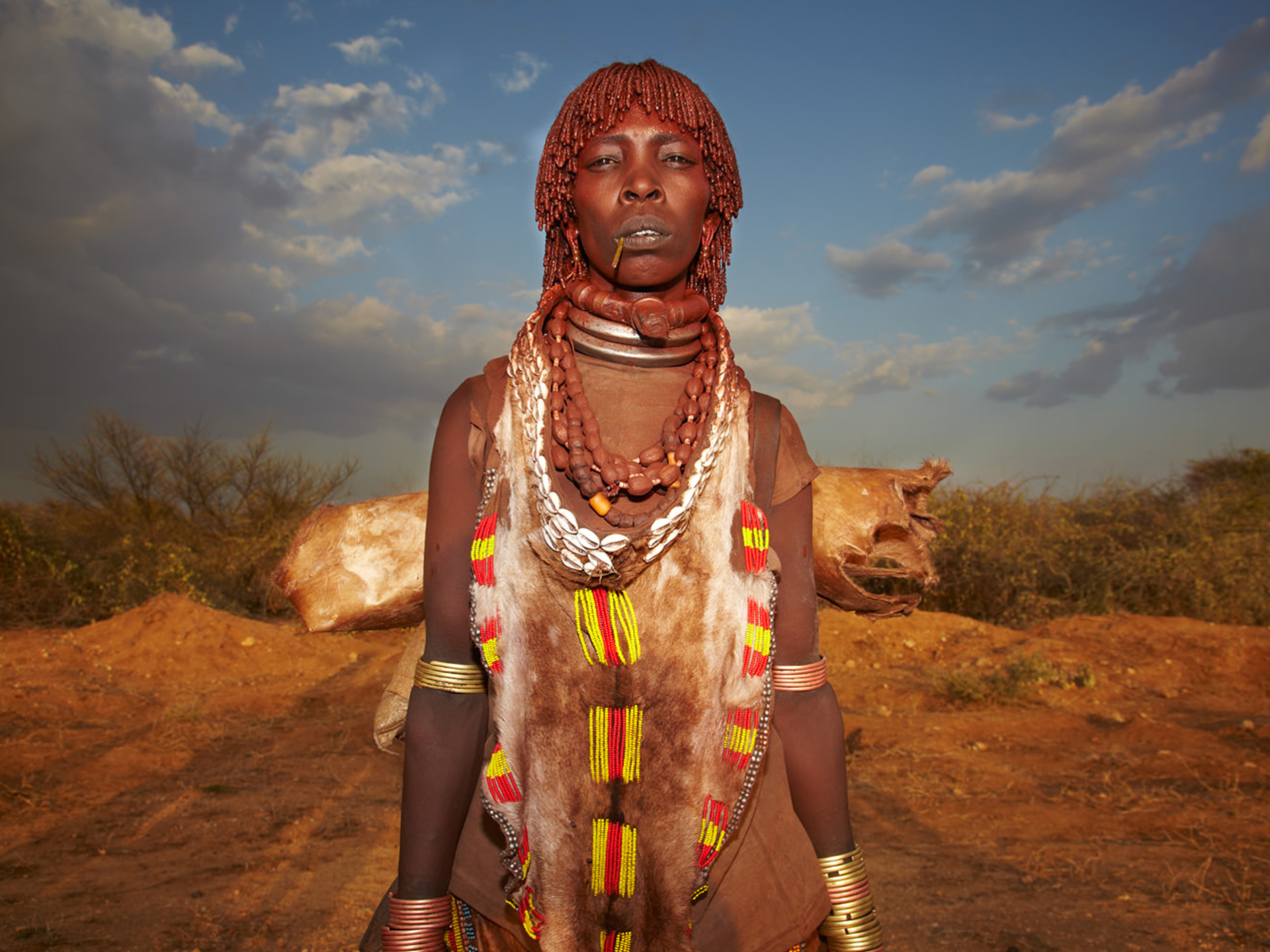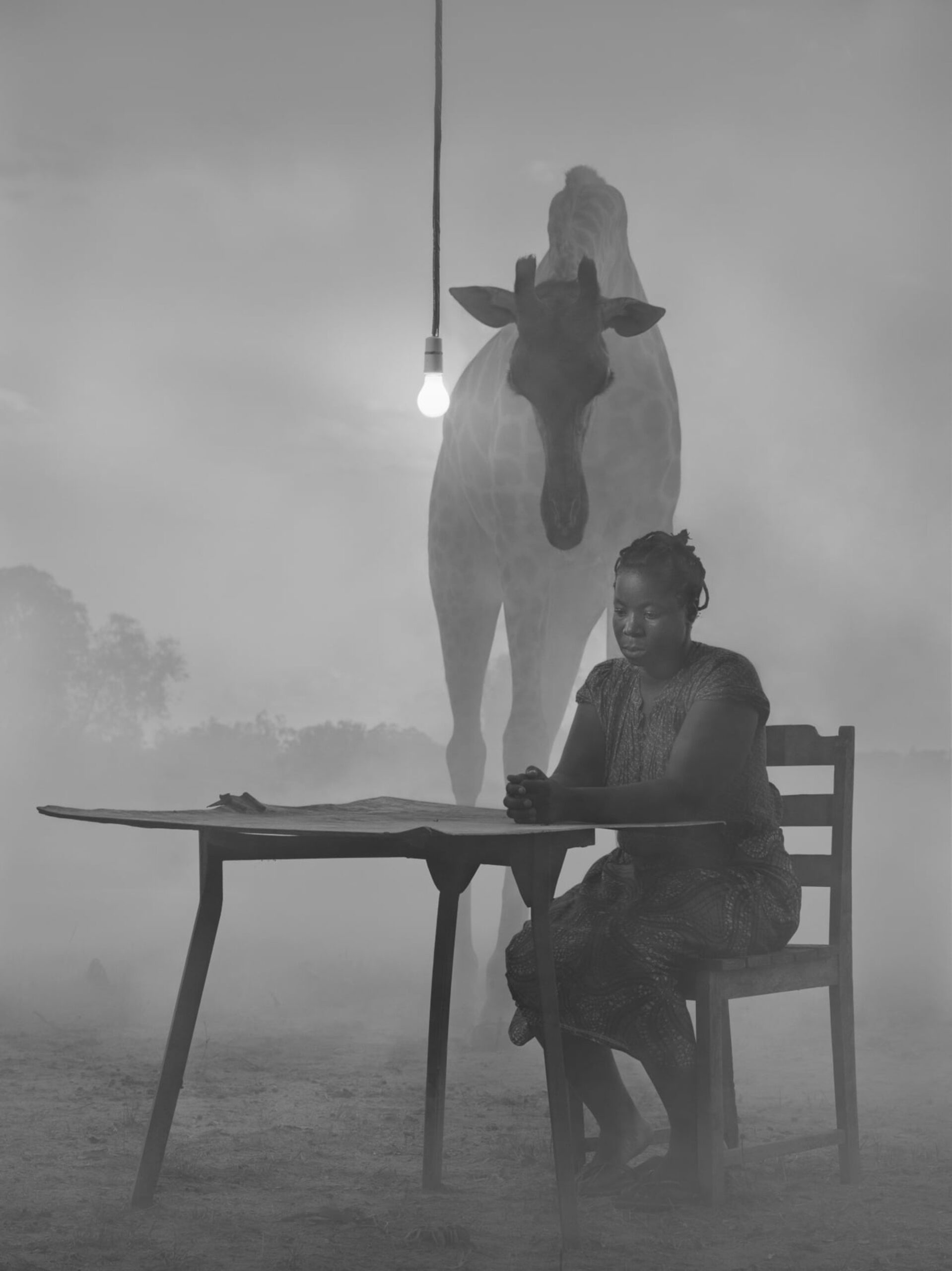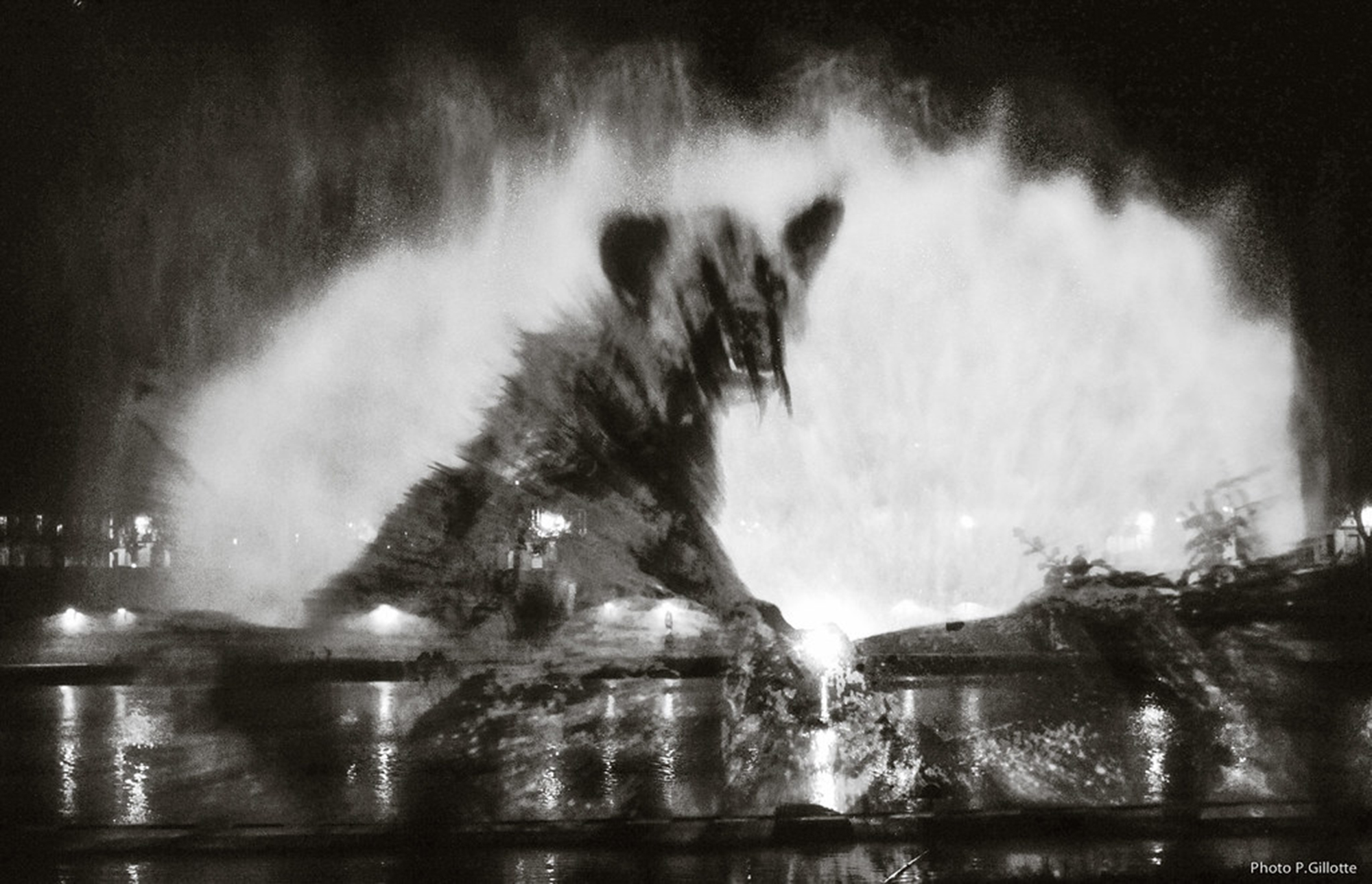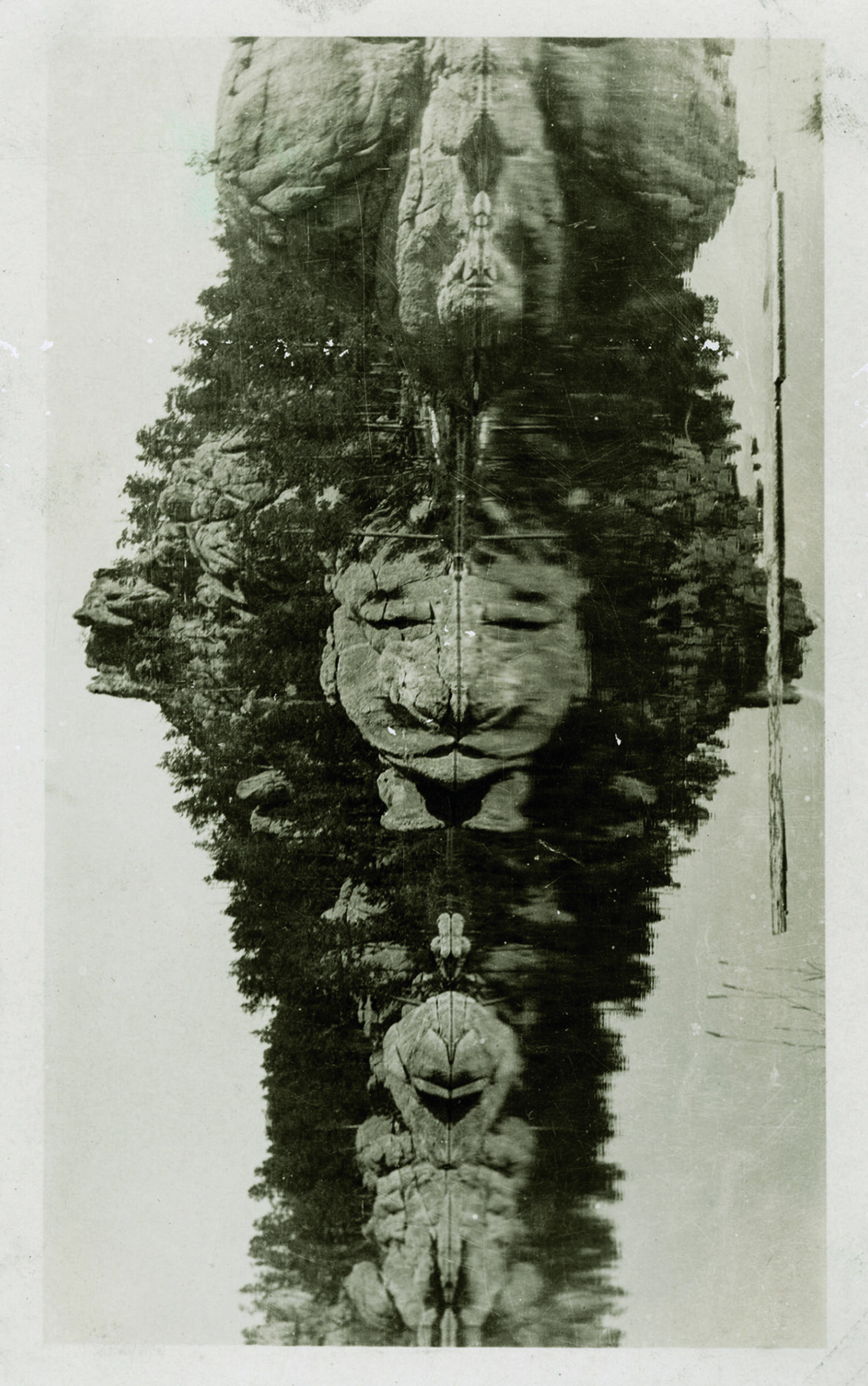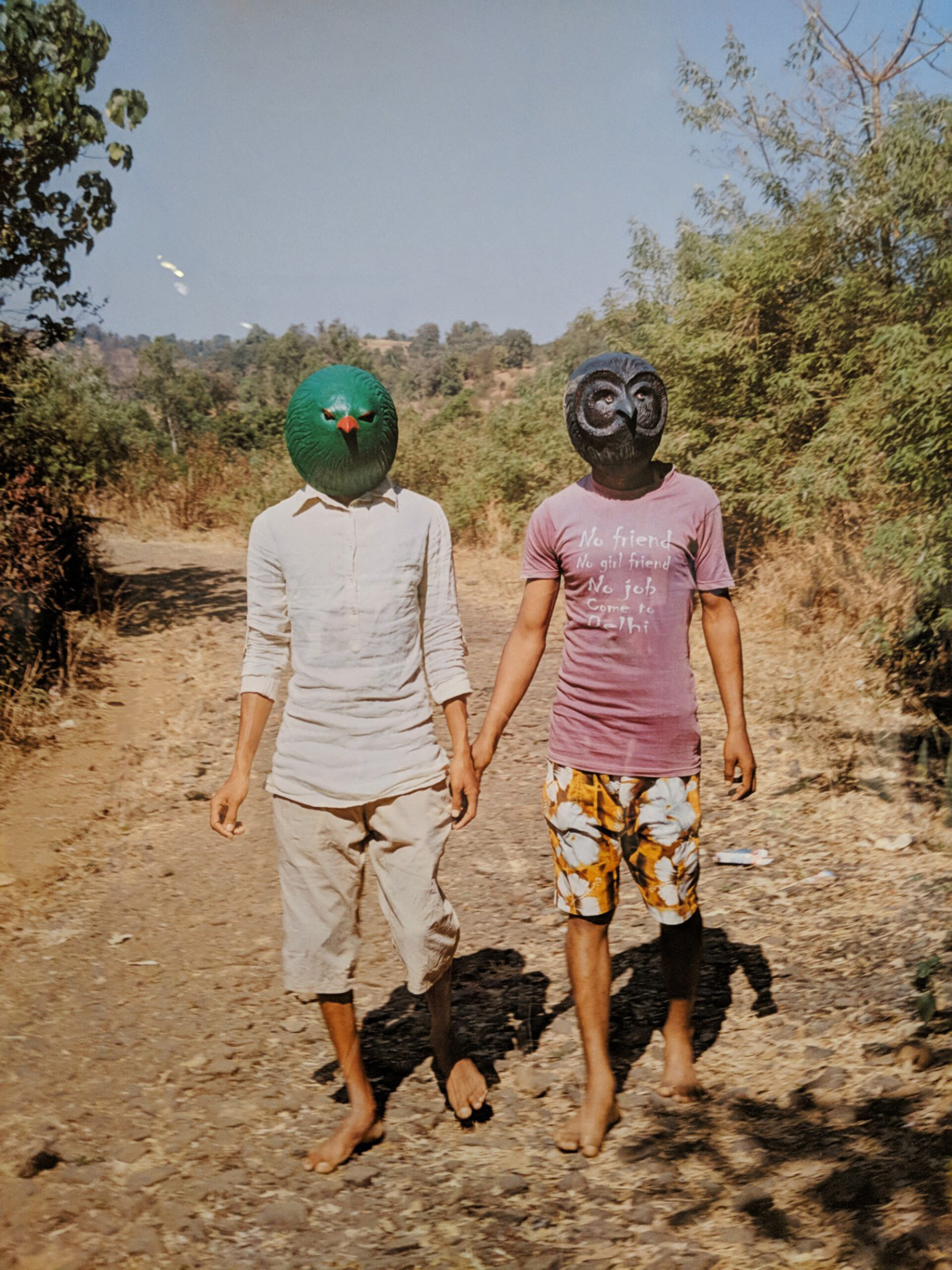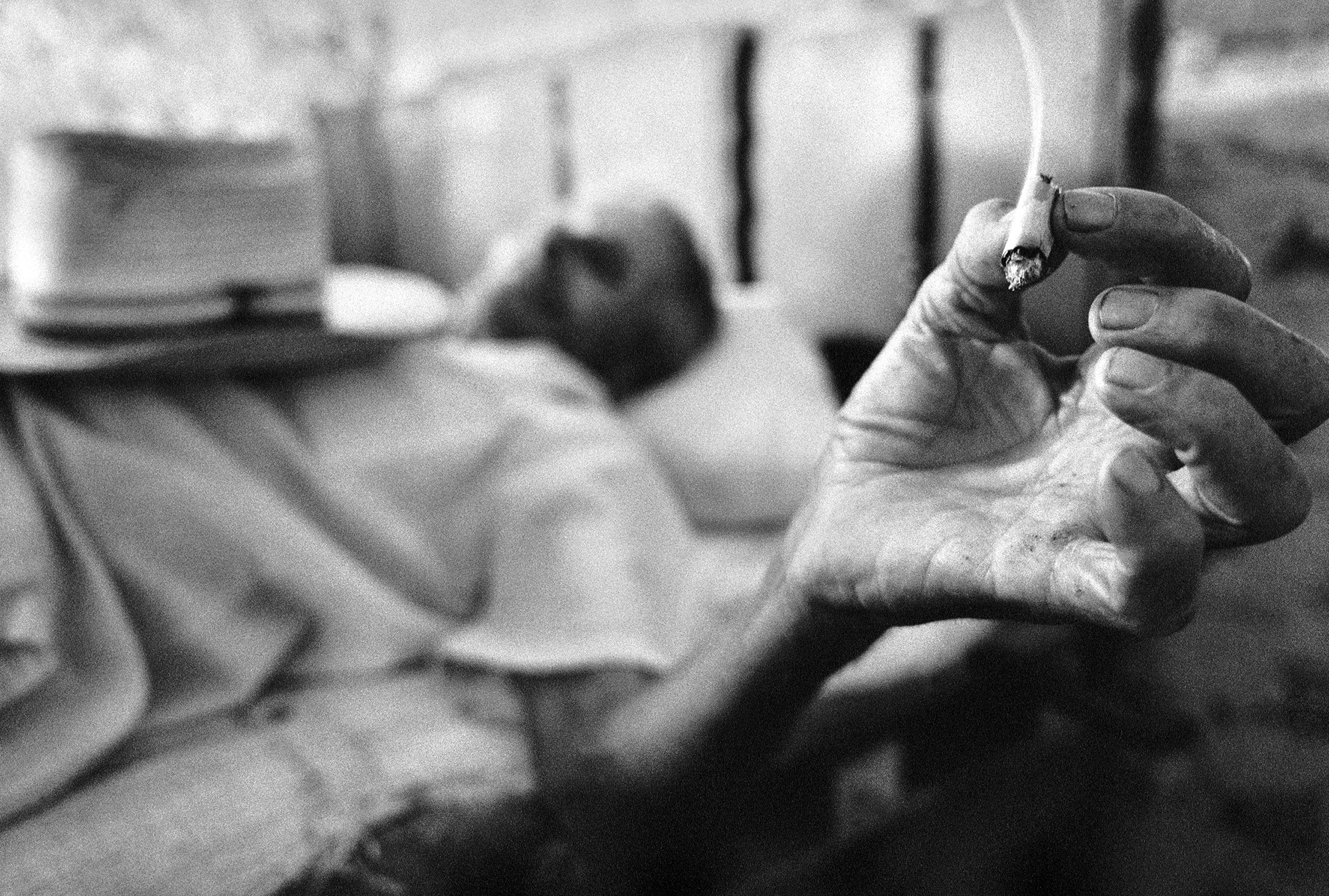Image of the Day
Specially curated
365 Days, 365 Images
of National/International
Photographers
An Image a Day
Let us engage with this
Fascinating Medium that
Breaks all boundaries
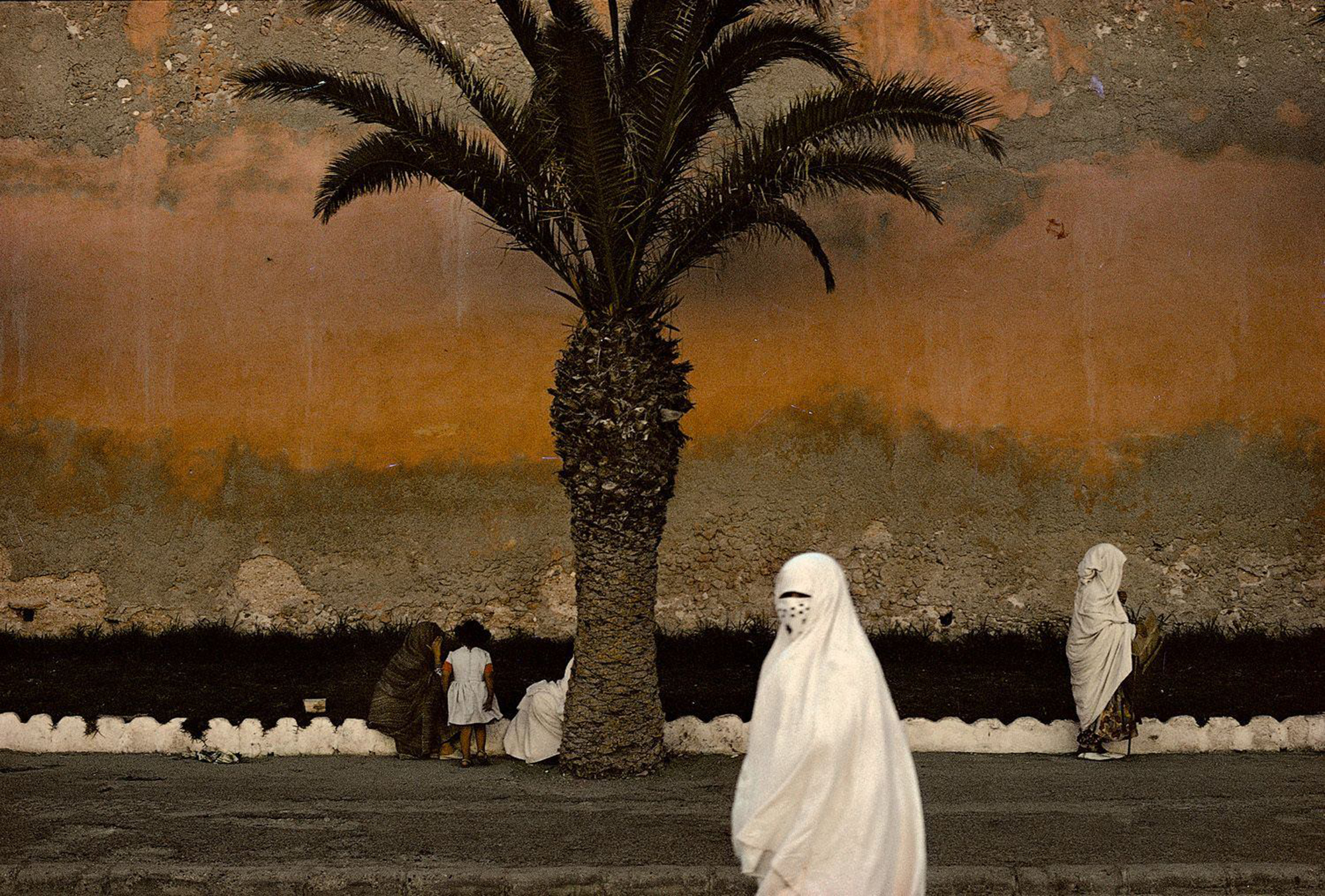
Morocco © Harry Gruyaert, Marrakech, 1969 | Image source internet
Harry Gruyaert
In Europe and especially France, there’s a humanistic tradition of people like Cartier-Bresson where the most important thing is the people, not so much the environment. I admired it, but I was never linked to it. I was much more interested in all the elements: the decor and the lighting and all the cars: the details were as important as humans. That’s a different attitude altogether.
– Harry Gruyaert
Harry Gruyaert (born 1941) is a Belgian photographer known for his images of India, Morocco, and Egypt as well as of the west of Ireland. Harry covered the Munich Olympics of 1972, the first Apollo flight, and is highly recognized for manipulating colours. His embrace of color photography set him ahead of many contemporaries in Europe at a time when the medium was widely seen as most applicable to the realm of commercial and advertising photography. Born in Belgium, Harry Gruyaert studied photography and film-making. He made a few films as director of photography for Flemish television before turning to color photographs in his adopted Paris in the early 1960s.
In 1969, Gruyaert visited Morocco and later won the Kodak Prize for his work captured there, which was also published in his book, Morocco. By the end of the 1970s, he had traveled to the United States, India, Egypt, Japan, and Morocco. The latter was a revelation to Gruyaert whose images of the country were later published in two different books. In the early 1970s, while he was living in London, he worked on a series of color television screenshots later to become the TV Shots now part of the Centre Pompidou collections. Around the same period, he also photographed his homeland and produced two books, Made in Belgium and Roots. In 1969, Gruyaert visited Morocco and later won the Kodak Prize for his work captured there, which was also published in his book, Morocco.
In 1982, he joined Magnum Photos. Among other important works, the two editions of Rivages (Edges), published in 2003 and 2008, are the testimony of how Gruyaert likes to work in different environments, with contrasting lights and colors. He had a retrospective of his work in Paris in 2015 and is currently working on a major show due to open at the FOMU in Antwerp in 2018. He lives in Paris and is represented by Gallery 51 in Antwerp.
Gruyaert personally found his work was more focused on pop culture than journalism. In his series, TV Shots, Gruyaert made photographs of distorted TV images, covering events including the 1972 Munich Olympics and first Apollo flights, which he finds as the most photojournalistic project he’s produced.
Published on February 19, 2021
See All Image of the Day | 365 days, 365 images
Share
Related Posts
Ethiopia Project | David Goldman
David Goldman is an American photographer. A 1998 graduate of the University of Rhode Island with a bachelor’s degree in journalism and a minor in Spanish, Goldman’s first job was as a staff photographer at the weekly North County Independent newspaper, in Rhode Island.
Kuda et Sky II | Nick Brandt, Kenya 2020
Nick Brandt (born 1964) is an English photographer. The themes in Nick Brandt’s photographic series always relate to the destructive impact that humankind is having on both the natural world and now humans themselves too.
Untitled Michel Vanden Eeckhoudt Photography
Michel Vanden Eeckhoudt (1947-2015) was a Belgian photographer. He co-founded Agence VU’ with Christian Caujolle in 1986. He is represented by the Gallery Camera Obscura in Paris. Belonging to the tradition of reportage and the “decisive moment”, his works have been widely published. His personal works include Belgian competitions and Immigrants in his country.
Untitled | Jean-Marie Donat
Jean-Marie Donat (born in 1962) lives and works in Paris where he runs the independent creative editorial agency AllRight. For over 35 years he has been gathering a vast photographic collection of vernacular photographs focused on delivering a singular reading of the 20th century.
Acts of Appearance | Gauri Gill, 2015
Gauri Gill (born 1970) is an Indian photographer who lives in New Delhi. Gill earned a BFA (Applied Art) from the College of Art, New Delhi; BFA (Photography) from Parsons School of Design/The New School, New York and MFA (Art) from Stanford University, California.
Cuba by Raúl Cañibano
Raúl Cañibano Ercilla is based in Havana. He was born in 1961. One of the younger generation of photographers born after the Revolution, his work focuses on people, everyday life, history and socialism. He has exhibited world-wide and won a major prize in Cuba for a project on the life of rural workers.


